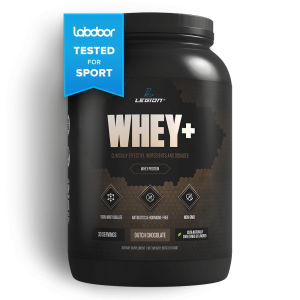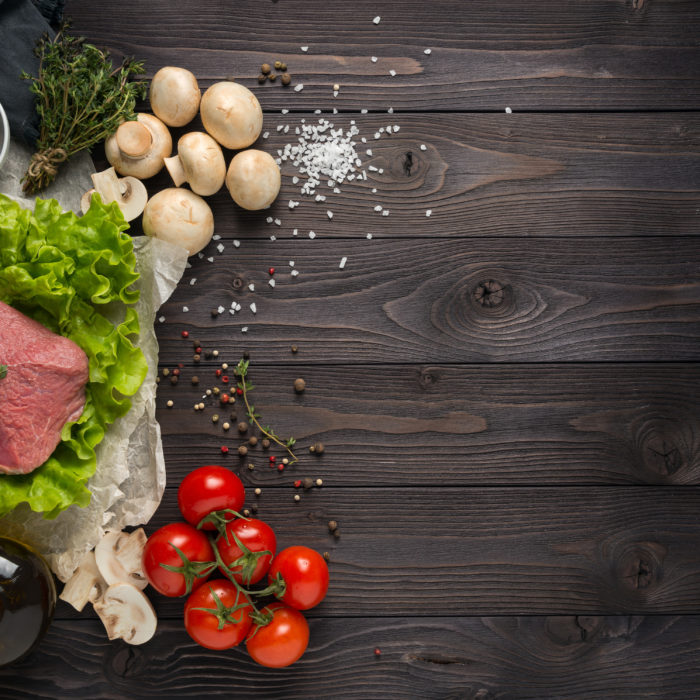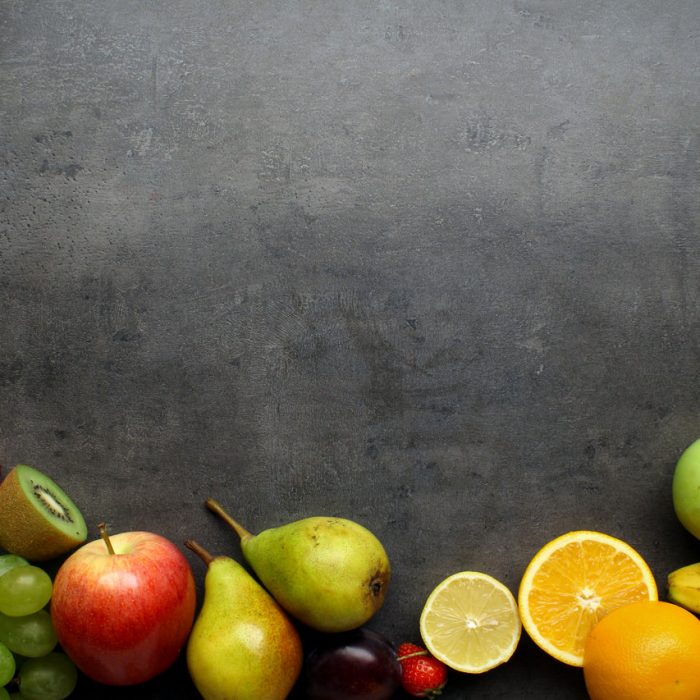Whenever I step foot into a gym these days, I always see people religiously downing protein shakes.
Protein supplements are so ingrained in the 21st century gym culture, that it truly is difficult to justify ending a workout without consuming some type of shake or protein supplement.
Chances are however that you may not necessarily know a huge amount about your protein supplement ingredients, how you can use the supplement to maximize your results in the gym or even if you bought the right one.
By the time you are through, you will become the protein powder expert in your social circle; shocking your friends and salespeople, next time you visit the sport nutrition store.
1. Your protein powder might be masquerading as a weight gainer
Protein powders are not created equally.
Certain concoctions of powders in the supplement world are known as mass gainers. A mass gainer is essentially a powder that includes proteins, carbs and fats.
When picking a protein powder, a person should be diligent to never accidental purchase a mass gainer instead.
The reason is that mass gainers contain a shocking amount of unnecessary calories. These extra calories, over time can turn into a spare tire around your waist.
When buying a protein powder make sure it is low fat (1-3 grams is acceptable), low carb (1-8 grams is acceptable) and has a higher protein count (20-30 grams per serving).
2. The total amino profile is very important
There are two different categories of amino acids that you should look for when buying a protein product. They are BCAA and EAA. BCAA stands for Branch Chain Amino Acids, and EAA stands for Essential Amino Acids.
BCAA’s are your muscle building amino acids. These include Leucine, Valine and Isoleucine. Leucine is vital for stimulating protein synthesis (aka muscle growth and recovery).
Because of how expensive leucine is, protein powders with added leucine – like this one by Legion Athletics – are even better choices.
3. Grass fed whey is not worth the extra penny
Milk protein from livestock treated with antibiotics and drugs may not be as bad as some people claim. There is scientific evidence however pointing to the fact that it may increase the risk of disease in humans (9).
Studies have proven that the more grass cows eat (instead of other types of crap they are given), the more nutritious their milk and beef is (10).
The filtration process of whey does a good job of eliminating a lot of crap. That being said, if your budget allows, I would urge you to opt whey that comes from cows that have been grass fed and raised without antibiotics or the use of hormones.
4. Where Protein falls on the ingredient list is vitally important
The majority of protein powders in stores, contain more than one type of whey.
They’re usually a blend of whey protein isolate (WPI), whey protein concentrate (WPC) and whey protein hydrolysate (WPH).
Top tier whey protein powders must list WPI or WPH as their first ingredient.
If a product lists whey protein concentrate first on the ingredients list, followed by whey protein isolate and/or whey protein hydrolysate, or even has those 2 further down the list, it could potentially be a major rip off.
5. Filler percentages need to be low
Filler can best be thought of as: any substance that is non-protein. Therefore, flavouring ingredients or additional carbs and fats would fall into this category.
With any protein powder, a little filler must be present. However there is a range.
Crappy products lean toward the >50% filler range, while better ones are filtered and manufactured in a way so as to minimize filler (<5%).
If a product has a high yield percentage and an excellent BCAA to EAA ratio, it is makes mathematical sense that the filler must constitute only a small portion percentage of the overall protein powder mass.
6. Whey protein isolate (WPI) is the best bang for your buck
7. Cross flow micro-filtered is the absolute best way to manufacture protein
The CFM processing method uses a low temperature microfiltration technique that allows for the creation of extremely high protein contents (>88%), very low fat and lactose levels, the retention of vital nutrients, with virtually 0 levels of un-denatured proteins.
This process results in a more expensive product that is extremely high quality. If your budget allows it, I recommend finding an WPI powder with this mechanism of separation and preparation.
The best way to find it is too look on the ingredients label where it will have in brackets CFM.
8. Your protein powder should be free of, or contain, limited amounts of artificial sweeteners
There is some evidence to suggest that the regular consumption of artificial sweeteners may be harmful to your health.
You would do best to stay with naturally sweetened protein powders if your budget allows for it.
9. Your protein powder should taste delicious (or at the very least, good)
10. Beware the MSG lurking in your protein
MSG is often used to hide the natural bitter flavor of whey. The safety of MSG consumption is the subject of continuous scientific debate and research.
That being said, recent research demonstrates that some people can experience intolerable symptoms upon ingesting it. Furthermore when ingested in higher dosages MSG has the potential to be neuroactive in the brain.
My advice: Stay clear of MSG products.










